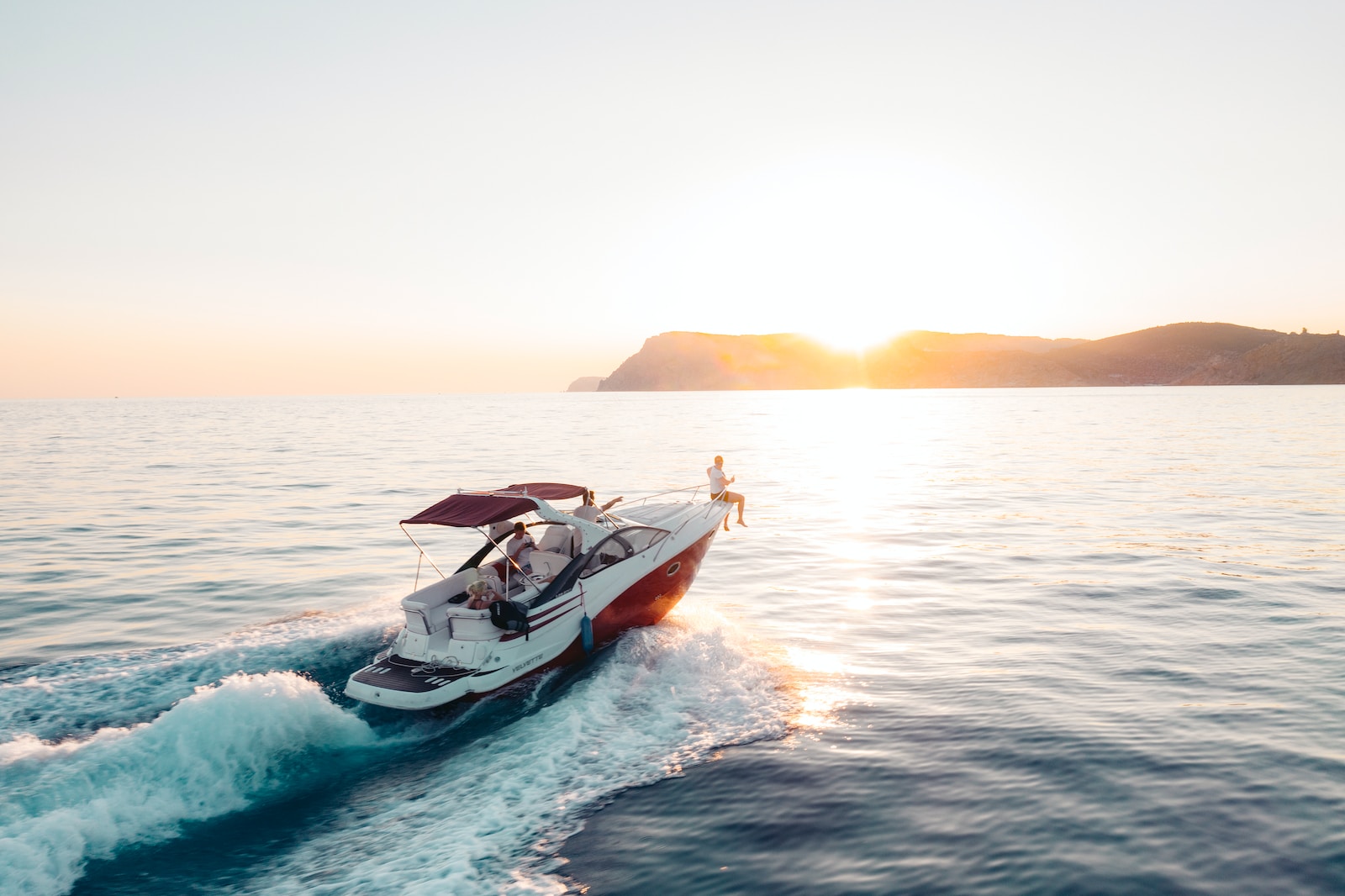Boating is a thrilling pastime, a blend of relaxation and exhilaration, adventure and tranquility. But cruising the open waters also entails certain responsibilities, chief among them ensuring the safety of all aboard. A key aspect of maintaining safety on the water is understanding what determines if a speed is safe for your boat. This article delves into the multiple factors that influence safe boat speeds and outlines the precautions that you, as a boat operator, should take.
The Essence of Safe Speed in Boating
To kick off our discussion, it’s essential to define ‘safe speed’ within the boating context. Contrary to what some may think, safe speed is not merely about how fast your boat can go. Instead, it is a speed at which the operator can avoid collisions and stop the vessel within an appropriate distance, given the prevailing conditions. This implies maintaining control over the boat and prioritizing safety over speed.
Internal Influences on Your Boat’s Speed
A variety of internal factors related to your boat itself significantly impact the safe operating speed. Let’s explore.
The Power of the Engine
The engine is the heart of your boat. Its power dictates how fast your boat can travel. A robust, high-horsepower engine can propel your boat to higher speeds. However, remember that increased speed demands greater control, especially in unpredictable situations. Therefore, balancing speed and control is vital.
Boat Type and Size
The type and size of your boat substantially influence its safe speed. Larger, heavier boats may offer more stability but can be harder to navigate or control at higher speeds. Conversely, speedboats are designed for rapid acceleration and high speeds, while pontoons and smaller boats may struggle to maintain sustained high speeds.
The Role of the Propeller
The propeller on your boat can also impact the speed. Propellers come in various shapes and sizes, each with unique characteristics that can influence the boat’s speed. A propeller with a higher pitch can enable a higher speed as it moves the boat further with each rotation. Conversely, a propeller with a larger diameter can move more water, providing more power to the engine.
External Factors Impacting Safe Boat Speed
Beyond your boat’s internal factors, several external elements can influence the safe speed. These elements often relate to the conditions in which you are boating.
Traffic Density
Similar to road traffic, water traffic density can significantly impact the safe speed. In areas with heavy boat traffic, you’ll need to reduce your speed to navigate safely and avoid collisions.
Weather Conditions
Weather conditions can dramatically affect the safe speed for your boat. Poor visibility due to fog, rain, or heavy overcast conditions necessitates a reduction in speed. Similarly, strong winds and rough waters can increase the risk of capsizing or losing control of the boat, making it imperative to slow down.
Pay attention to the wind speed, water conditions, and similar weather conditions. After all, you want to enjoy safe boating, right?
Water Depth
The depth of the water in which you’re boating also plays a role in determining a safe speed limit. In shallower waters, there’s a higher risk of running aground, which can lead to significant damage to your boat. Therefore, it’s safer to maintain slower speeds in shallow waters.
Safety Measures for Boating
Understanding the factors influencing safe boat speed is essential, but it’s equally important to remember and follow certain safety measures while safe boating.
Adherence to Local Speed Limits
In areas with posted speed limits, it’s vital to adhere to these limits strictly. These are not mere suggestions but rules designed to ensure the safety of all boaters in the area. Violation of speed limits can lead to penalties, including fines and suspension of your boating license.
Wearing Life Jackets
Regardless of the speed at which you’re operating your recreational boat, always wear your life jacket. It’s an essential safety measure that can save lives in case of an accident. In a fatal boating accident, victims are often found not wearing life jackets.
Avoiding Alcohol Consumption
Alcohol consumption while operating a boat is not only illegal but also extremely dangerous. It’s the leading factor in a boating accident, and it’s recommended to avoid alcohol until after you’re back on shore.
Wrapping Up
Understanding what determines if a speed is safe for your boat is crucial for ensuring a safe and enjoyable boating experience. It’s about balancing the thrill of speed with the necessity of control and safety. The next time you’re out on the water, remember these factors and maintain a speed that ensures a safe and pleasant journey.






